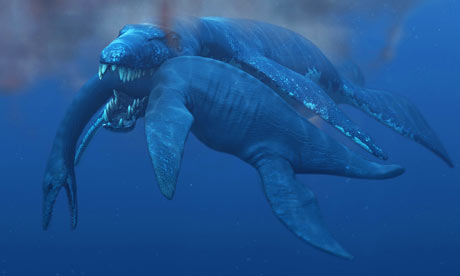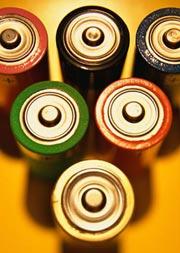 USS John F. Kennedy (CV 67) conducts a Phalanx live fire training exercise. The Phalanx is a fast-reaction, rapid-fire 20-millimeter gun system that automatically detects, tracks and engages threats such as anti-ship missiles and aircraft. Credit: U.S. Navy
USS John F. Kennedy (CV 67) conducts a Phalanx live fire training exercise. The Phalanx is a fast-reaction, rapid-fire 20-millimeter gun system that automatically detects, tracks and engages threats such as anti-ship missiles and aircraft. Credit: U.S. NavyFrom Live Science:
In Robot Madness, LiveScience examines humanoid robots and cybernetic enhancement of humans, as well as the exciting and sometimes frightening convergence of it all. Return for a new episode each Monday, Wednesday and Friday through April 6.
A robotic future holds the promise of providing tireless workers and companions for humans, but it can also evoke worries about an armed machine insurrection along the lines of the "Terminator" movies.
Experts consider that dark vision to be on the distant horizon, although they now point to other ethical issues that arise from the growing presence of battlefield bots and their potential to decide to attack autonomously, possibly as soon as in the next 20 years .
Read more ....















































